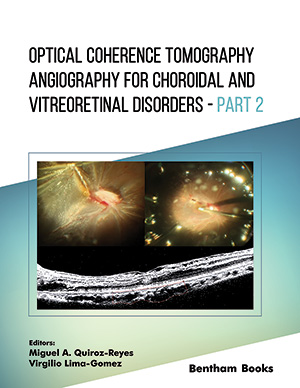摘要
阿尔茨海默病 (AD) 病理学与 β 淀粉样蛋白 (Aβ) 和神经原纤维 tau 缠结的脑积聚有关。一个有趣的问题是,独立于 Aβ 和 tau 病理的靶向因子是否可以延迟甚至阻止神经变性。胰淀素是一种与胰岛素共同分泌的胰腺激素,被认为在中枢调节饱腹感中发挥作用,并被证明可在 2 型糖尿病患者中形成胰腺淀粉样蛋白。越来越多的证据表明,在散发性和早发性家族性 AD 中,胰腺分泌的形成淀粉样蛋白的胰淀素与大脑中的血管和实质 Aβ 协同聚集。 AD 模型大鼠中形成淀粉样蛋白的人胰淀素的胰腺表达加速了 AD 样病理,而基因抑制的胰淀素分泌可防止 AD 效应。因此,目前的数据表明形成胰腺淀粉样蛋白的胰淀素在改变 AD 中的作用;需要进一步的研究来测试在 AD 发病早期降低循环胰淀素水平是否可以抑制认知能力下降。
关键词: 脑积聚淀粉样蛋白β(Aβ),阿尔茨海默病(AD),血源性胰淀粉样蛋白,神经原纤维 tau 缠结,神经变性,血源性。
[http://dx.doi.org/10.15252/emmm.201606210] [PMID: 27025652]
[http://dx.doi.org/10.1016/S0140-6736(15)01124-1] [PMID: 26921134]
[http://dx.doi.org/10.2337/diab.39.5.634] [PMID: 2185112]
[http://dx.doi.org/10.1152/physrev.00042.2009] [PMID: 21742788]
[http://dx.doi.org/10.1007/s00018-011-0905-1] [PMID: 22193913]
[http://dx.doi.org/10.1016/S0196-9781(98)00018-7] [PMID: 9663454]
[http://dx.doi.org/10.1038/nature13297] [PMID: 24847884]
[http://dx.doi.org/10.1126/science.3086977] [PMID: 3086977]
[http://dx.doi.org/10.1056/NEJMoa065213] [PMID: 17429083]
[http://dx.doi.org/10.1038/ni.1935] [PMID: 20835230]
[http://dx.doi.org/10.1002/ana.23956] [PMID: 23794448]
[http://dx.doi.org/10.2174/1567205011666141107124538] [PMID: 25387341]
[http://dx.doi.org/10.1016/j.ajpath.2014.11.016] [PMID: 25700985]
[http://dx.doi.org/10.3233/JAD-160047] [PMID: 27163815]
[http://dx.doi.org/10.1177/0271678X16657093] [PMID: 27354094]
[http://dx.doi.org/10.1002/ana.24992] [PMID: 28696548]
[http://dx.doi.org/10.1016/j.neurobiolaging.2018.05.003] [PMID: 29864717]
[http://dx.doi.org/10.1002/ana.25570] [PMID: 31376172]
[http://dx.doi.org/10.1002/trc2.12130] [PMID: 33521236]
[http://dx.doi.org/10.1186/1750-1326-9-30] [PMID: 25149184]
[http://dx.doi.org/10.1016/j.kint.2019.07.028] [PMID: 31739987]
[http://dx.doi.org/10.1007/s11306-016-1022-9] [PMID: 28775675]
[http://dx.doi.org/10.1093/braincomms/fcz036] [PMID: 32954311]
[http://dx.doi.org/10.1038/mp.2016.35] [PMID: 27021820]
[http://dx.doi.org/10.1007/s00259-018-3995-2] [PMID: 29651545]
[PMID: 9725822]
[http://dx.doi.org/10.1038/335632a0] [PMID: 3050530]
[http://dx.doi.org/10.1007/BF00400848] [PMID: 1541378]
[http://dx.doi.org/10.1038/nature13910] [PMID: 25409149]





























